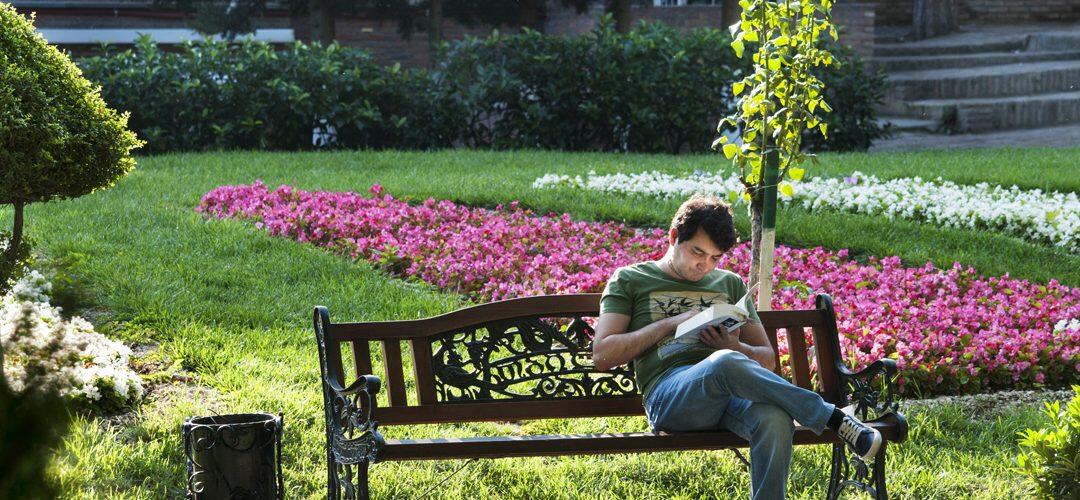The therapeutic effect of nature is well known: the vision of a green space, whether a forest, a garden, or even a painted landscape reduces levels of anxiety and stress, puts in a good mood and even contributes to longer life.
A study published in the journal Environment and Behavior went further and concluded that the plants presence in neighborhoods could bring down the number of crimes committed in them. A revolutionary work, as traditionally thought otherwise: vegetation offers the perfect setting for “thieves and rogues” hiding, so that the more “clean” they were the streets of trees , shrubs and safer would be.
The authors, from the University of Illinois (USA), approached the issue from another perspective: a green space does not have to be formed of very dense vegetation, but may pose more open designs: large expanses of grass, trees spaced yes, flowerpots … in this way the gardens are not a hideout for criminals and also an opposite effect: the dedelitos rate decreases.
This is explained by two reasons: first, increase surveillance on potential thieves or robbers, since a more friendly, garden setting invites to go out and make life on the street. This increases the number of neighbors through the streets and criminals feel observed.
The second reason has to do with the therapeutic effect of nature that we mentioned at thebeginning: the presence of vegetation mitigates what the authors call “psychological precursors of violence “: irritability, inattention and decline in impulse control. In other words: the more green the environment, the less aggressive feel.
To prove their hypothesis, the scientists analyzed the crimes committed in different areas of a suburb of Chicago, considered among the twelve worst neighborhoods in the US, with an unemployment rate above 90% and a large proportion of children and adolescents at risk of exclusion . In it, as in many suburbs of the world, they have been phasing out the trees and gardens to save on costs, in many areas it is impossible to find a blade of grass. The results revealed, however, that savings is expensive: the areas without vegetation had a significantly higher rate of crime.
More trees for cities of the XXI century
Since the publication of this work, in 2001, there have been many studies showing that green areas can make our cities more livable and seguras.Las people living in neighborhoods withparks and gardens tend to talk more to each other, what a sense of community and connection with neighbors who are today, unfortunately, disappearing in many large cities is created.
Moreover, the study authors also suggest that involve slum dwellers in creating green spaces, for example by planting trees, increases the feeling of territoriality and of belonging to a place, with also positive consequences on rates of safety and welfare of citizens.
And, in the light of the results of this and many jobs, it seems that nature should be increasingly protagonist in urban planning, as the benefits of having trees as neighbors are unlimited: inaddition to its impact on the welfare of people, also have other important functions: clean the air we breathe and also we relieve summer heat: is shown that the areas of large cities where there are green roofs, temperatures are lower.











